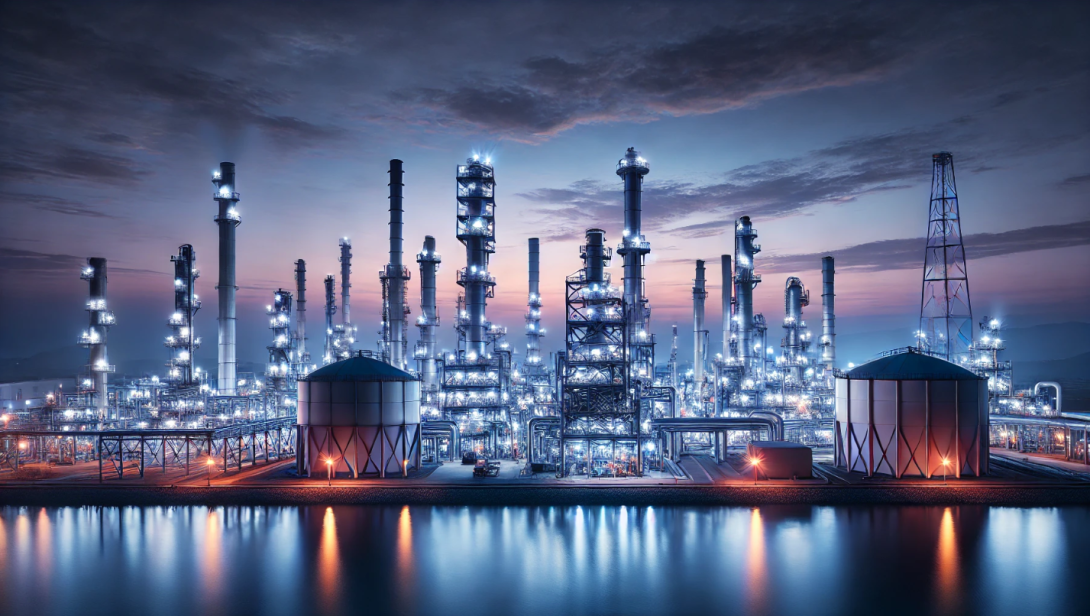Ask Greg McMillan

We ask Greg:
What role do you see dynamic simulation playing in the future of developing the best liquid single phase continuous reactor composition control?
Greg's Response:
For reactions that are all in one phase (gas, liquid, or solid), inventory control (pressure or level control) cannot not automatically adjust a reactant flow for changes in conversion to prevent an excess or deficiency of reactant in a product phase that is the opposite of the reactant phase. For these reactors, the use of analyzers is more important for maximizing yield beyond what tight temperature control can do.
For well mixed reactors the largest sources of improper reactant concentration leading to excess reactant are errors in reactant flow measurement and changes in reactant composition. Note that a deficiency in one reactant concentration creates an excess of another reactant. Coriolis meters can be used to provide the greatest mass flow measurement precision and rangeability with density correction for any changes in reactant feed concentration. Consequently, Coriolis meters on reactant feeds eliminate most of the sources of reactant unbalances if the mass flow ratios are correct and coordinated to maintain reaction stoichiometry.
Analyzers and inferential measurements can provide composition control to correct the ratio of reactants. If density of the excess reactant is significantly different than the density of the other components in the reactor, a Coriolis meter in the recirculation line can provide an inline inferential measurement of the excess reactant concentration. Inline composition measurements by means of sensors in a vessel or pipeline provide a measurement in a few seconds whereas at-line analyzers with sample systems can have more than 30 minutes of dead time due to sample and analyzer cycle times. Lab or at-line analyzer results must be communicated as quickly as possible to the control system. An Enhanced PID described in Annex E of ISA-TR5.9-2023 Technical Report is used in the composition loop to simplify tuning and prevent cycling from sample and analyzer cycle time.
A dynamic simulation that includes the positive and negative feedback process time constants, mixing delays, composition measurement 5Rs including transportation delays, and analyzer sample and cycle time is critical for detailing and tuning the best control strategy.
For much more knowledge, see the ISA book Advances in Reactor Measurement and Control (use promo code ISAGM10 for a 10% discount on Greg’s ISA books).
Top Ten Mistakes made in Liquid Single Phase Reactor Composition Control
- Not achieving tight temperature or reactant mass flow ratio control.
- Not using Coriolis meter in recirculation line for density and concentration measurement.
- Not creating an inferential composition measurement from existing in-line measurements.
- Not sustaining a slight excess concentration of one reactant.
- Use of analyzer in analyzer house creating a large sample transportation delay.
- Not using a high sample recirculation flow creating a large sample transportation delay.
- Lab samples sitting on shelf causing a delay in lab reading and change in sample temperature and possibly composition due to evaporation, precipitation, or reaction.
- Not using an Enhanced PID for concentration control using at-line or lab analyzers.
- Not changing level in proportion to production rate to keep residence time constant.
- No screening for and rejection of invalid at-line and lab analyzer results.
